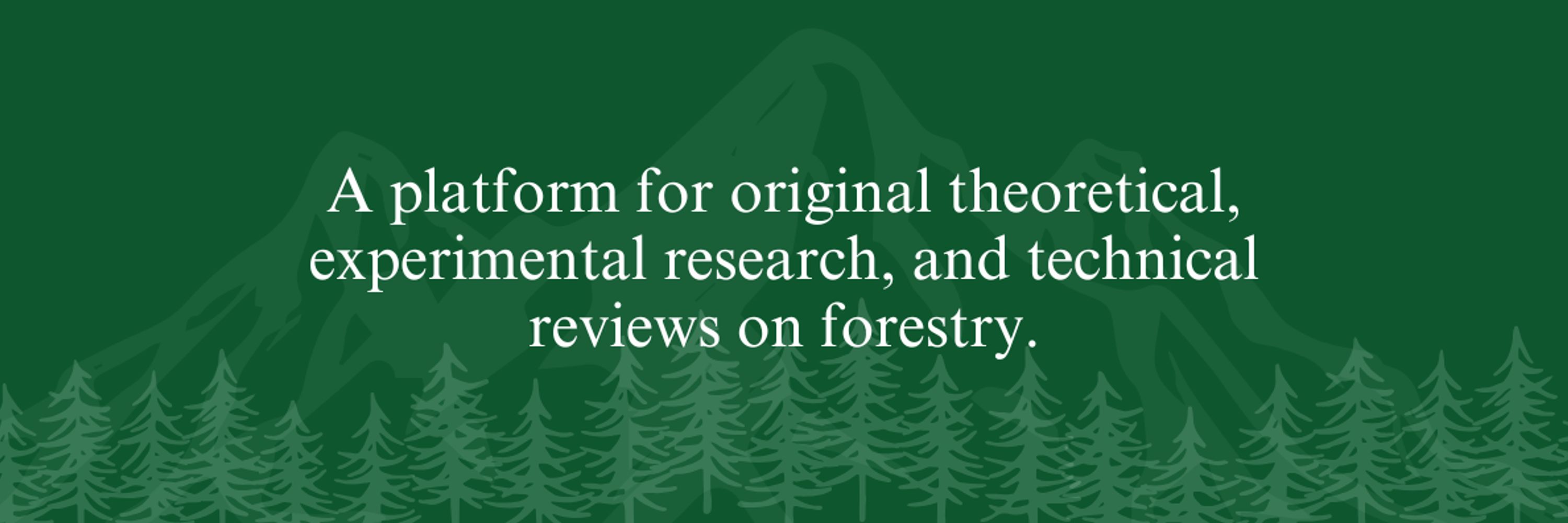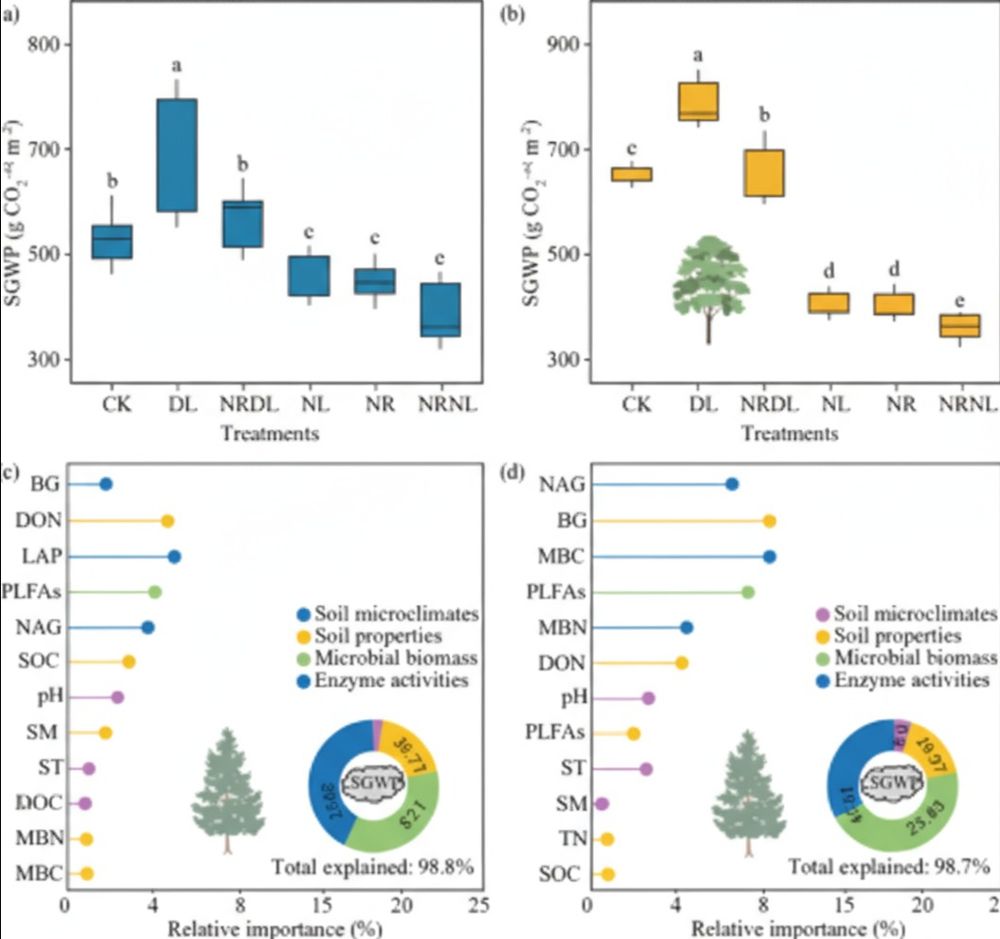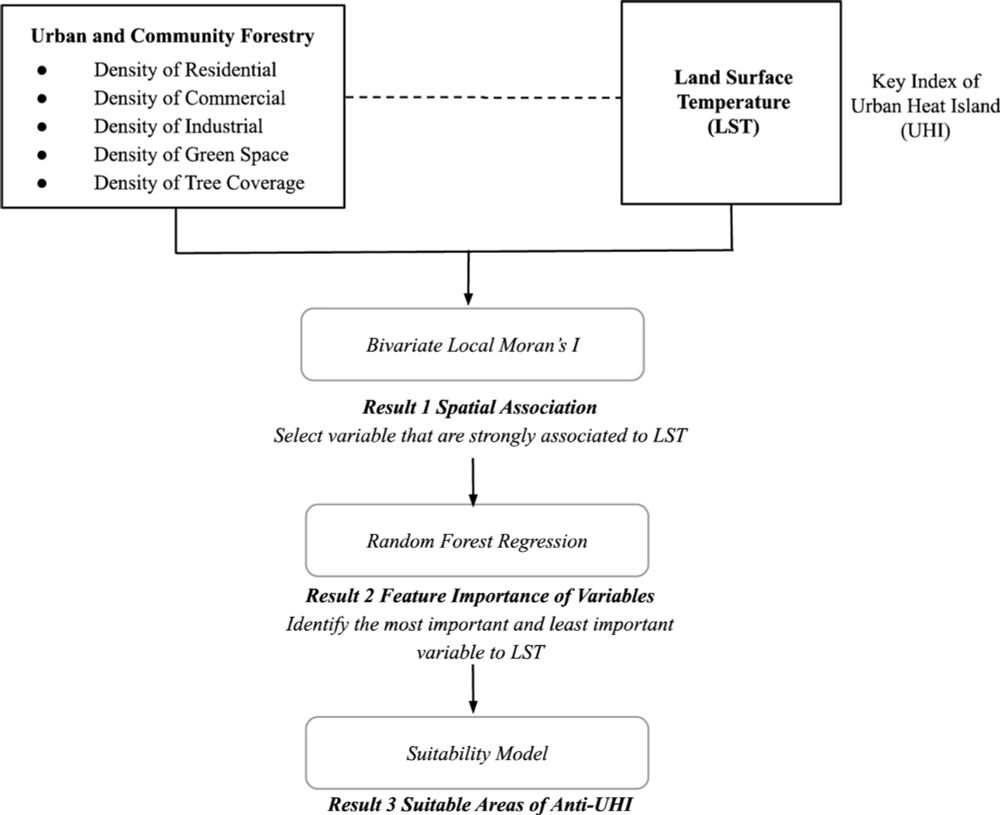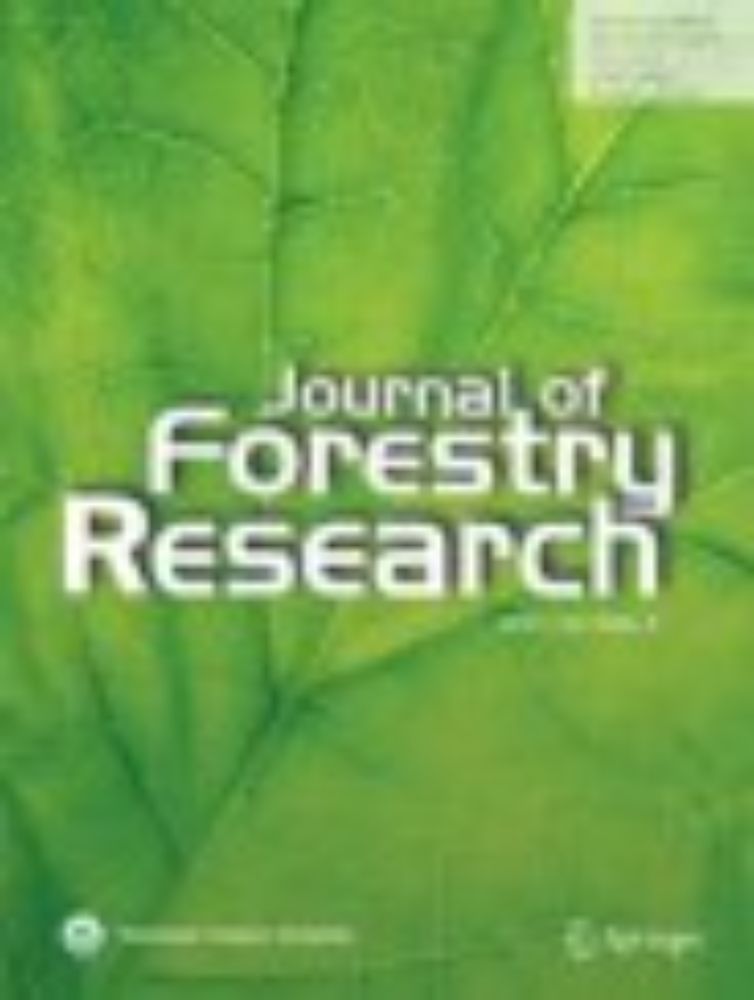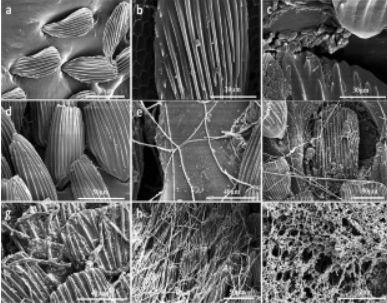Journal of Forestry Research
@forestryjfr.bsky.social
210 followers
440 following
89 posts
ISSN 1007-662X | 2023 Journal Impact Factor: 3.4 | Ranked 9/89
🌳 Follow for studies on forest sustainability, ecology, & conservation! 🌳
Posts
Media
Videos
Starter Packs
Pinned
Reposted by Journal of Forestry Research
